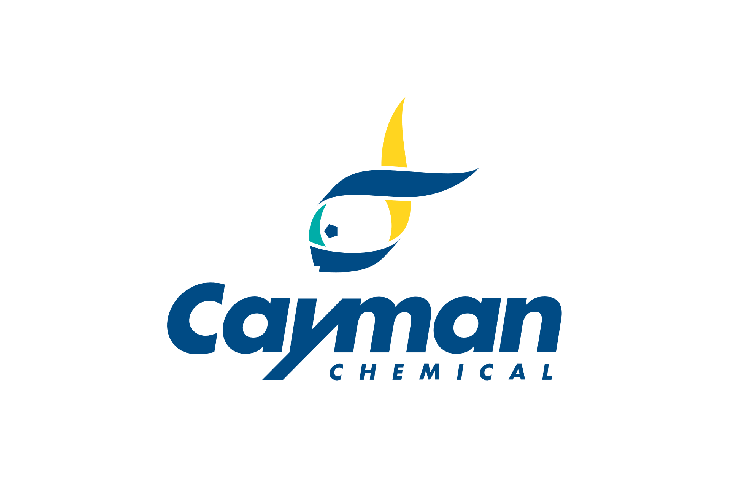Ig? light chain is one type of light chain found in immunoglobulins, which are part of the immunoglobulin superfamily of glycoproteins that plays a central role in the adaptive immune response.{28520} Immunoglobulins are produced by B cells and later secreted by plasma cells as antibodies.{55225} They are composed of two heavy chains of approximately 50 kDa each and two light chains of approximately 25 kDa each.{28520} The heavy chains are linked together by disulfide bonds to form an Fc region and also combine with the light chains to form the Fab region, which mediate receptor and antigen binding, respectively.{55171} Mammalian immunoglobulins contain either Ig? or Ig? light chains, each of which are composed of a constant and variable domain.{28687} The ratio of Ig? to Ig? light chain-containing antibodies varies between species, with ratios of 20:1, 2:1, and 1:20 in mice, humans, and cattle, respectively. Ig? and Ig? free light chains (FLCs) are produced during immunoglobulin synthesis, and accumulation of these FLCs, primarily Ig?, is associated with various disorders, including light-chain deposition disease, multiple myeloma, rheumatoid arthritis, diabetic nephropathy, and systemic lupus erythematosus (SLE).{55225,55232,53885} Cayman's Ig? Light Chain (mouse) Monoclonal Antibody (Clone RM103) can be used for ELISA and Western blot (WB) applications. The antibody recognizes non-reduced and reduced Ig? light chain from mouse samples at approximately 159 and 25 kDa, respectively.
Do you have any questions about this product?
Order your product by email
Productname
Igk Light Chain (mouse) Monoclonal Antibody
32001-100
By filling out this form, you are placing an order by e-mail. You will receive an order confirmation within one working day. The order cannot be modified after receipt of the order confirmation.
Request a sample
Productname
Igk Light Chain (mouse) Monoclonal Antibody
32001-100
By filling out this form, you request a sample. You will receive an order confirmation within one working day. The order cannot be modified after receipt of the order confirmation.
Are you looking for specific products, alternatives or documentation?











